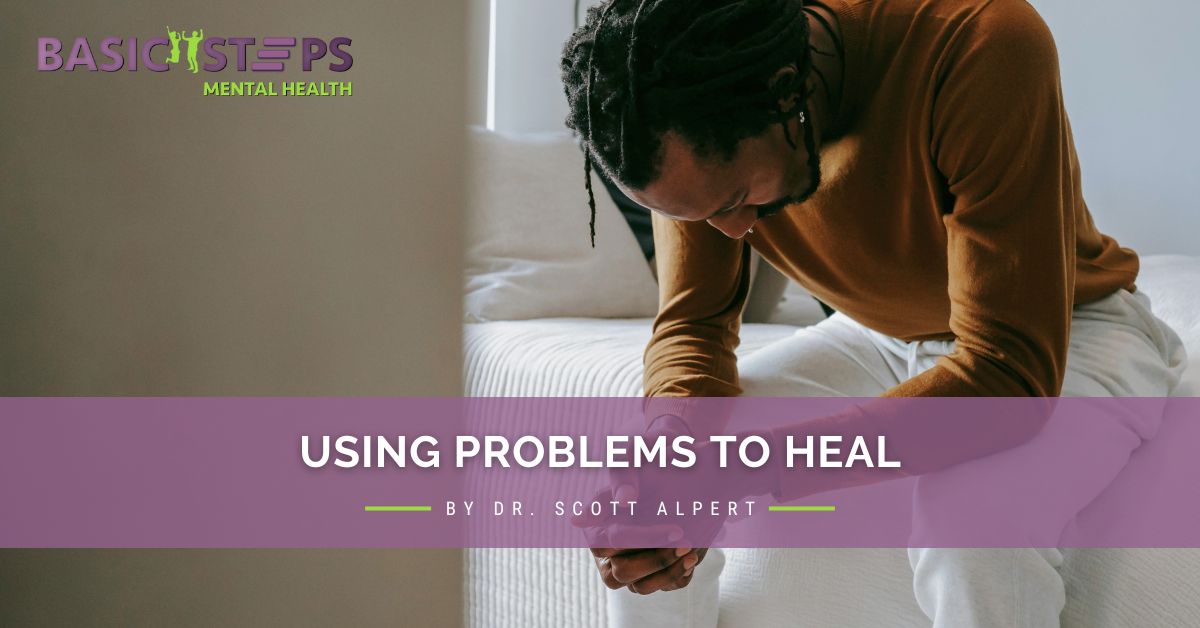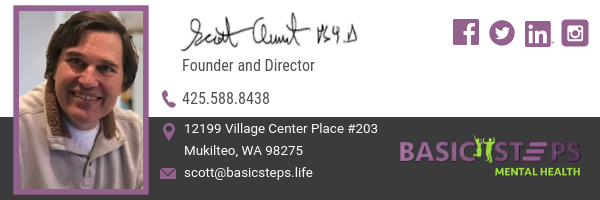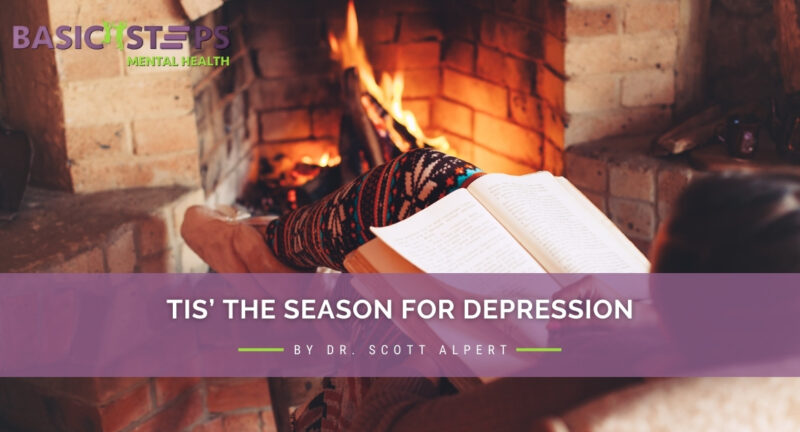
Using Problems to Heal
Before I begin, I would just like to thank all of the patrons who have trusted our facility and continue to do so. This is the second week in a row that all of our time slots have been filled, and we appreciate not only your attendance but also your efforts in the sessions.
Today’s topic is on using negative judgments towards other people and oneself to heal. Each person has 20,000 to 80,000 thoughts a day. How many of these thoughts are negative? We judge all the time! And if we are able to be aware of our negative judgments, we can start the healing process.
Judgments are beliefs we have towards others (and, of course, ourselves). If we catch ourselves thinking negatively towards someone else, pause, then ask yourself if this person reminds you of yourself. Sigmund Freud believed that we have a “super-ego” that tries to keep our mind from being overwhelmed. To do so, it will take our negative beliefs about ourselves, project them (like a film projector) onto another person (who becomes our screen), and make us believe we are superior.
What judgments have you had towards other people recently?
Is that particular person negative, stupid, evil, problematic, a pain in the butt? Next, consider this—on some level, have you been this way with:
- Others
- Yourself
- God
- Do you have the capacity to be that way?
Have you been a pain in the butt with others? Maybe, maybe not, perhaps. With yourself? With God? The clincher is that we all have the capacity to be that way. Therefore, the next step is to set an intention to be different using this format:
My intention is to not be a pain in the butt. Actually, this is not the format at all because of the word not. The mind doesn’t hear the word not and instead hears, “My intention is to be a pain in the butt.” Therefore, focus on how you would rather be. For example: My intention is to be kind.
We refer to this type of work as owning and accepting projections.
A more lofty format is:
“I judge ________ as ___________. I can now see and accept that I can be ______________ too. My intention going forward is to be __________.”
For example:
“I judge that driver as rude. I can now see and accept that I can be rude too. My intention going forward is to be kind.”
The interesting fact is that when we start to own projections more and more, we can see that we are all the same. The spiritual aspect in this is: if we are all the same, then why are we judging ourselves so harshly?
And there are the same comments about not committing heinous crimes like Hitler and Putin. But do you have the capacity to be that way? Of course, we all have the capacity to do anything. The focus—as always—is: What is my intention going forward?
Intentions are desires. I have the desire to be happy; therefore, stated in an intention format, it would be: “My intention is to be happy.”
We show people muscle testing, which is a physical test that shows the difference between positive and negative thoughts on the physical body. Negativity breeds weakness, illness, and rapid aging. If you want to age yourself, judge away. If you want to live a happy and healthy life, focus on the beauty of who the other person is, because, bottom line, you will begin to see the beauty in yourself.
So judge away—take those judgments and flip them around into positive intentions. But why do we judge others? I have some theories. First of all, if you have ever experienced or witnessed abuse, there is a part inside of you that is on guard. Depending on the degree to which you went through physical or emotional pain, it will determine the degree of reactions you have toward others.
One of my co-therapists found herself becoming panicky when she walked in downtown Seattle. All of the aggressive homeless people made her feel defensive, angry, and wanting to sprint back to her car to get out of Dodge. Why the overreaction? Because there is a part inside of us, which we call a “Sub-Personality,” whose purpose is to keep us safe. To improve this automatic response to others that you are fearing, you may be dealing with an overzealous sub-personality, or what we refer to as an “Aspect.”
Inner Aspect work is one of the main focuses of the Neuro-Linguistic Programming approach. To adjust a problematic aspect, the first priority is finding out what its “Positive Purpose” is. This is basically figuring out what the aspect is trying to do.
Most of our inner aspects were created when we were young and had limited life experience. There are hundreds of aspects that try to take over and run the show, including: “The Critic, The Addict, Self-Sabotage, The Judge, The Victim.” This list can go on and on. When you become aware that an aspect is trying to take over, work needs to be done to adjust the aspect so it operates in a more functional manner. I, for one, have become aware of my Glutton aspect that wants me to eat late at night. Even if I locked up all my food, the Glutton would find a way to stuff my belly.
To change an aspect, the next step is to look at the ways the aspect accomplishes its positive purpose, examine its strengths, and then renegotiate with it—giving it a new way to accomplish that positive purpose.
This can be powerful work if you feel that parts inside you simply take over—as in the case of people with multiple personalities. A trained professional needs to be involved, someone who understands how to negotiate with the parts of a person that have fragments and can help a client cement themselves back together.
When I first was working in the industry, I worked at a residential treatment facility that was mainly 12 Steps, though I was more of a driver, taking the clients to outside AA meetings. In the evenings, I would have process groups, and one evening a woman asked if I could work through her issues with having multiple personalities during group time. All were interested in seeing this work, so we set up a number of chairs—each representing one of her alters—and then the work began with negotiating with each aspect to work together. Ten aspects were worked with—actually eleven, because one had been hiding and eventually agreed to the pact. This energy rushed through the room, all of the hair on our bodies rose, and the woman stated that she felt peace and was cured.
Yes, psychology has wonderful exercises to stop us from thinking negatively and to work with a part or parts of us that try to pull us down. While it can be achieved on your own, it is best to find the counsel of somebody who is trained and experienced so that you don’t needlessly suffer anymore.
Compassionate Care is Always Available
There are many more tools and strategies you can use in your pursuit of happiness. Here is where we come in. Contact us at Basic Steps Mental Health and let us support and educate you on this journey back to your loving heart center. Imagine living a heart-centered life, regardless of what is happening externally. We’d love to be of help.
For 25 years, Dr. Scott Alpert, the clinical director of Basic Steps Mental Health, has treated over 7,000 people with mental health and addiction problems, using a Psychological approach that mixes and matches ten of the top approaches used in the industry. We are here virtually and in-person to help you get through this COVID-19 pandemic and many other difficulties you may be experiencing.
May you have good mental health.
Related Posts
Tis’ the Season for Depression
Welcome to the holiday season. If you’ve had issues in the past, they tend to...
How to Climb Out of the Rut
The picture a client painted of their current situation really impacted me....




